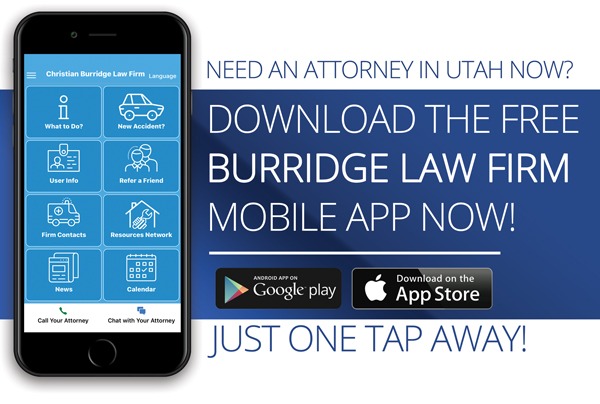Proper documentation after a rear-end collision can significantly impact your ability to receive fair compensation. Here’s what you need to record and preserve.
The Accident Scene: What to Capture
Use your smartphone to document:
- Damage to all vehicles from multiple angles
- The position of vehicles before they’re moved (if safe to photograph)
- Skid marks or debris on the road
- Weather and road conditions
- Traffic signals, signs, or cameras in the area
- License plates of all vehicles involved
Witness Information
If there were witnesses:
- Get their names and contact information
- Ask if they’d be willing to provide a statement
- Note what they saw, if they volunteer this information
Police Report Details
When police arrive:
- Get the responding officer’s name and badge number
- Ask how to obtain a copy of the accident report
- Note the report number
- Review the report later for accuracy
Medical Documentation
Keep meticulous records of:
- All doctor visits and treatments
- Diagnostic tests and results
- Prescriptions and medications
- Therapy sessions
- Medical bills and expenses
- Pain journals documenting daily symptoms
Track Economic Impact
Document on how the accident affects your finances:
- Days missed from work
- Lost wages or business opportunities
- Transportation costs
- Home care or assistance needed
- Property damage repairs
Organize Your Documentation
Create a dedicated accident file with:
- All photographs and videos
- The police report
- Medical records and bills
- Correspondence with insurance companies
- Repair estimates and bills
- Witness contact information
- A timeline of events
Thorough documentation serves as evidence should disputes arise about fault, injury severity, or appropriate compensation. The more detailed your records, the stronger your position when dealing with insurance companies
People Also Ask
- Is Utah a no-fault state for car accidents? Yes, Utah is a no-fault state, which means your own insurance pays for your medical expenses through Personal Injury Protection (PIP) regardless of who was at fault. However, proper documentation remains crucial for property damage claims and for cases that exceed the serious injury threshold.
- What are the damages of being rear-ended? Damages typically include vehicle repair costs, medical expenses for injuries (including whiplash, back injuries, and head trauma), lost wages, diminished vehicle value, rental car expenses, and potentially non-economic damages like pain and suffering.
- How is fault determined in a car accident in Utah? While the rear driver is generally presumed at fault, Utah uses modified comparative negligence rules. Fault determination involves police reports, witness statements, vehicle damage assessment, traffic camera footage, and sometimes expert accident reconstruction.
- What counts as a rear-end in an accident? A rear-end collision occurs when one vehicle strikes the back of another vehicle. This includes situations where a vehicle impacts any part of the rear section of another vehicle, whether at a complete stop, slowing down, or in motion.



